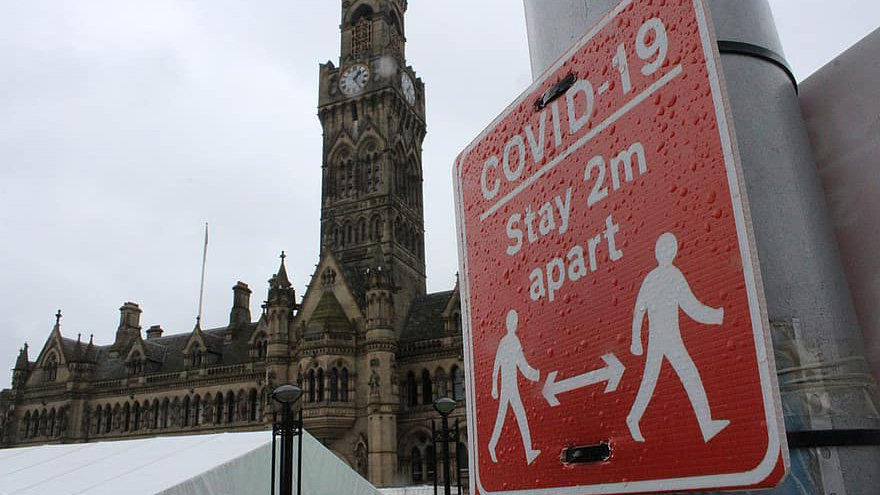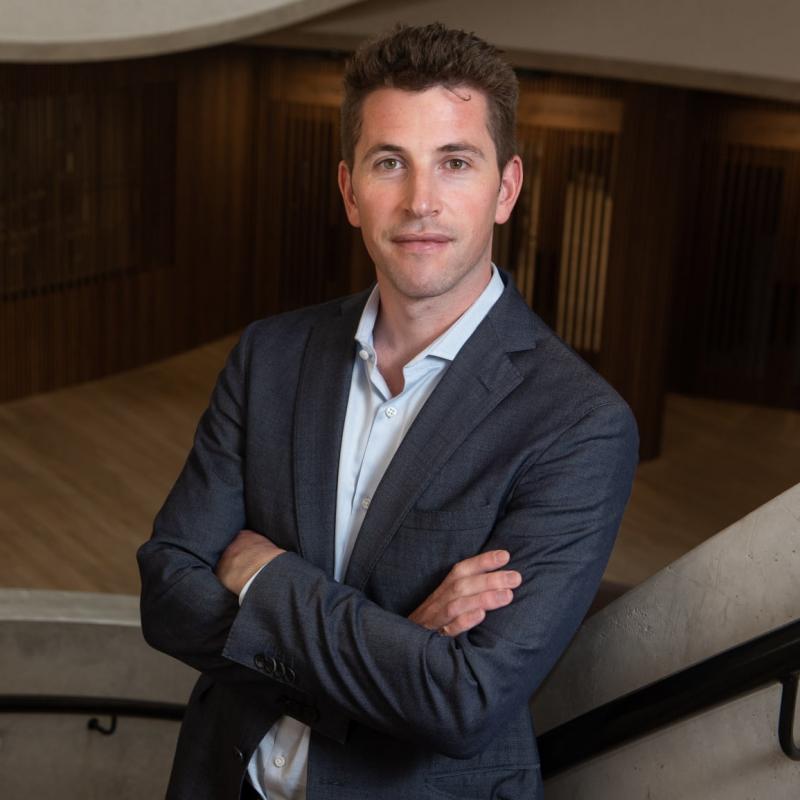The "contact budget": a climate metaphor to make sense of COVID-19 restrictions

With governments ratcheting up COVID-19 restrictions in many parts of the world, the public is trying to understand – and comply with – seemingly contradictory policies. For example, in many places you can meet your friend at the pub but not in your house. When cases rise, should we close bars or limit house parties? Move schools online or shutter offices?

To make sense of these measures, governments and public can borrow a metaphor from climate science: the carbon budget.
The idea is simple but powerful. Global warming depends on the total amount of carbon (and, to a lesser extent, other greenhouse gases) in the atmosphere. To limit temperature rise to, say, 2ºC or 1.5ºC, we can only “spend” so many tons of emissions. There are of course many, many ways we can divide that budget across different countries, activities, and individuals – for example, you could blow it all on a long-haul flight, or spread it out over a number of car trips. Ultimately the atmosphere only registers the total amount of carbon dumped in it.
We can think about the spread of COVID-19 in a similar way. The more contacts between people, the higher the risk of spreading the virus. If we want to keep transmission below a certain rate, we can only “spend” a certain number of contacts. Call it the “contact budget.”
Naturally, there are a few differences between emissions and contacts. Unlike the carbon budget, which is geophysically constant, the contact budget expands or shrinks depending on the prevalence of the disease. When few people in society are contagious, each contact between people is unlikely to spread the virus. Contacts are low risk and so “cost” little. Instead, when many people have the disease, each contact carries more risk and the contact budget tightens.
Another difference is that a given amount of emissions has the same effect on the atmosphere regardless of their source, while some contacts are riskier than others. Only contacts with infectious people can spread disease, and we’ve learned that a relatively small number of infectious people account for a lot of subsequent infections – mainly tied to “superspreader events.” Hence the importance of testing and contact tracing. To the extent we can distinguish dangerous contacts from safe ones, the contact budget constraint eases because safe contacts are “free.”
As a metaphor, the contact budget highlights how we need to consider the total risk of all activities we are permitting or restricting, not just the narrower question of how safe any individual activity is. This broader viewpoint has several implications.
First, having a budget implies that we should make contacts “cheap” by reducing the risk of any one interaction spreading the disease. As noted, testing and tracing are critical here. Beyond that, wearing masks, keeping physically apart, avoiding interior spaces, and washing hands can ensure that those contacts that do occur are low risk and will not break the budget.
Second, given that the total number of risky contacts needs to be limited, we likely want to cut the “expensive” items first. While we are still learning about how SARS-Cov-2 is transmitted, we know that many outbreaks have been linked to crowded places like bars and nightclubs, meatpacking plants, and nursing homes. If we keep these kinds of activities in our contact budget, we will not leave room for much else.
Third, looking at the budget overall gives us the context needed to evaluate individual restrictions. Recall the example above: you can meet a friend in a pub but not at your house. Considered in isolation, it seems baffling that two activities with (arguably) similar levels of risk would be treated differently. But if we look at the overall contact budget, it’s easy to understand why we can allow one but not both. Given that we need to reduce the total amount of risky contacts, it makes sense to allow some activities and not others, even if they “cost” the same (and all the more so if one has a clear economic benefit as well). After all, if you only have $5 to spend and white flour and brown flour are both $3 a bag, you can’t get both for your sourdough.
Perhaps most importantly, the budget metaphor focuses attention on how we decide what to “spend.” As with the carbon budget, science can tell us how much budget we have, what each item costs, and how we can make contacts cheaper by reducing risk. But deciding how to spend the contact budget is ultimately a matter of political, social, and individual choices.
Do we want to spend our contacts on restaurants or schools? Sports or religious services? Travel abroad or family gatherings? Should I invite my family to dinner or my friends? Governments and individuals are weighing these choices, balancing COVID-19 concerns with all other priorities. As our understanding of the disease and human behavior improves, we can evaluate these choices more precisely.
But even with more information, these are difficult choices about which reasonable people can disagree. We therefore need sound, evidence-based, trustworthy collective decision-making – in other words, healthy politics – to budget wisely. As with the carbon budget, we are all ultimately responsible for the contact budget, so need to work together to avoid going bust.
Thomas Hale is Associate Professor in Public Policy at the Blavatnik School and an expert in climate policy and negotiations. He has been leading the Oxford COVID-19 Government Response Tracker which records how governments around the world have responded to the virus in terms of policy measures.

